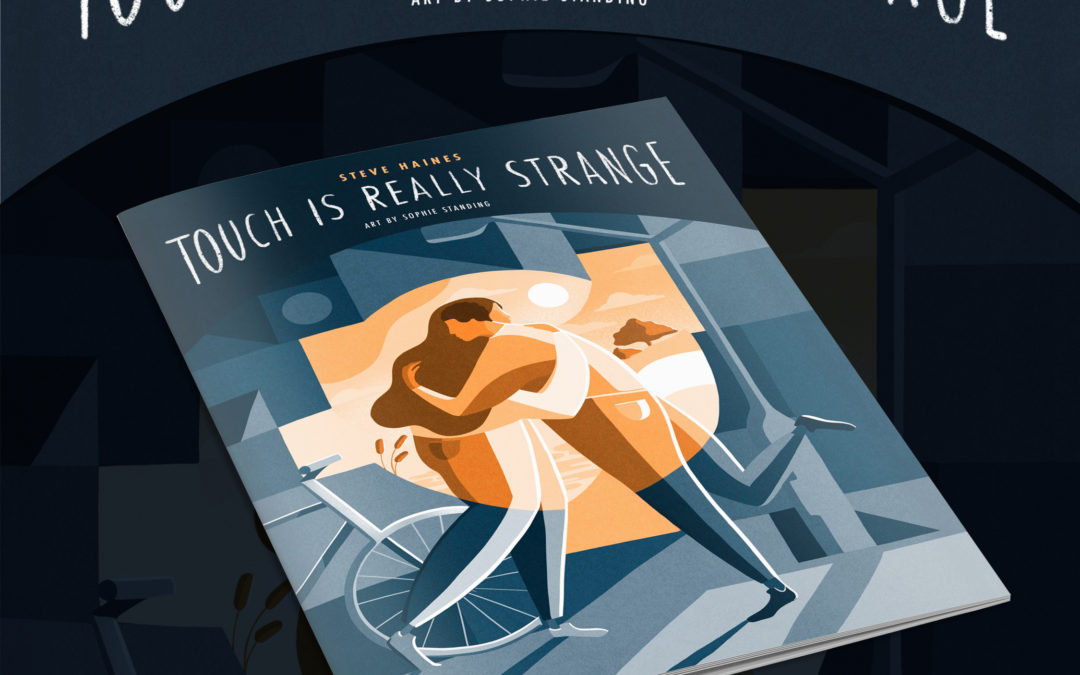Lockdown has been a massive experiment in non-touching. The stories of people isolated in hospital with only a screen to communicate to loved ones or the images of people on either side of plastic barriers, are heartbreaking.
The past 12 months have reinforced the value of touch as ‘social glue’. We understand that casual contacts are essential to our health and help us feel real.
In my career I have undergone a paradigm shift in how I understand touch. With massage, shiatsu and chiropractic I often used strong, quick interventions; poking, prodding, stretching, manipulating. The main goal was freeing up structural issues.
It was fun, but didn’t work so well when I was working to resolve trauma, persistent pain and anxiety.
I now use touch as a tool primarily to convey feelings of safety, to support emotional expression and to improve a sense of embodied connection, through slow, gentle, ‘relational’ touch.
There are two types of touch; quick touch and slow touch.
Quick touch runs along big, thick, fast A-fibre nerves that are like motorways. Slow touch is different, it goes along slow, thin, C-fibre nerves. C-fibres are more like country roads and cycle paths, and they are central to feeling and consciousness, carrying the essential signals that let us know we’re alive.
Slow, gentle, meditative, ‘relational’ touch conveys powerful emotions. It’s focused on the whole person and all their stories. This type of touch that helps us connect to feelings of aliveness and joy.
If it’s hard to feel, it’s hard to heal. Slow touch can be levered to connect to feeling states that are often hidden, rarely simple and often scary, which is incredibly useful in resolving pain, anxiety and trauma. It can help us move from fear, contraction and isolation to play, expansion and community.
In my new book, Touch is Really Strange which is available to buy from today, I explore touch as a fundamental human experience, and why it is essential for health.
This is the fourth in my series of ‘Really Strange’ science-based graphic medicine comics, and it look at questions such as; Why can’t we tickle ourselves? Did you know slow touch conveys powerful emotions? How does touch shape our perception of the world?
Touch Is Really Strange celebrates slow, gentle, meditative touch ‘relational touch’ as a force for good. You can get your copy here.



Greetings. Congratulations on your book creation. Do you have a distributor in the US? I would be interested in the book, but the shipping cost is prohibitive. Thanks.